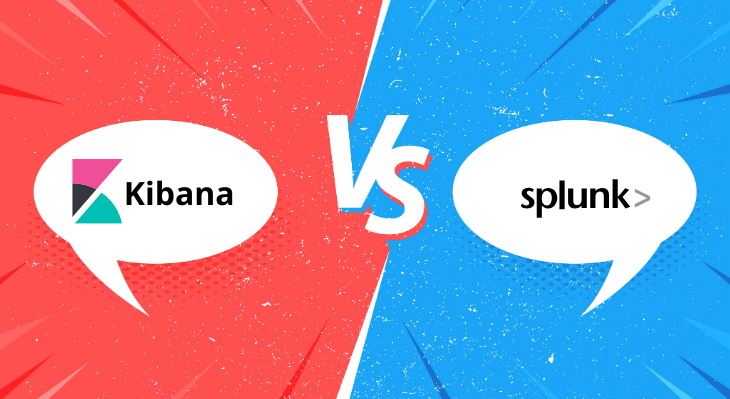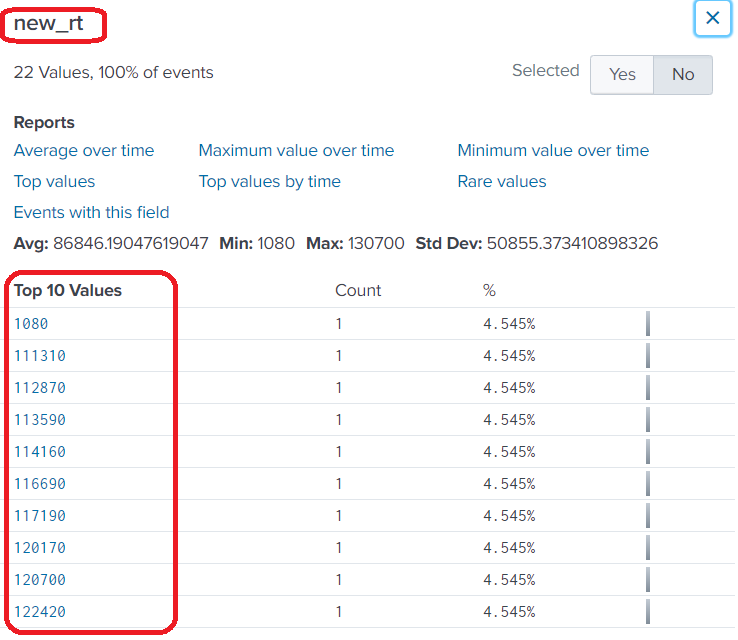

In Kusto, you must start each query with find, an unquoted string is a column name, and the lookup value must be a quoted string. In Splunk, you can omit the search keyword and specify an unquoted string. In the following examples, the Splunk field rule maps to a table in Kusto, and Splunk's default timestamp maps to the Logs Analytics ingestion_time() column.
#SPLUNK EVAL TIME DIFFERENCE HOW TO#
The following sections give examples of how to use different operators in Splunk and Kusto. In Kusto, it can be used with the where operator. (2) In Splunk, the function is invoked by using the eval operator. In Kusto, it's used as part of extend or project. (1) In Splunk, the function is invoked by using the eval operator. | extend myTime = now() - totimespan("1d"). For example, search | eval n=relative_time(now(), becomes. (1) In Kusto, Splunk's equivalent of relative_time(datetimeVal, offsetVal) is datetimeVal + totimespan(offsetVal). Kusto's returns a number between 0.0 and 1.0, or if a parameter is provided, between 0 and n-1. Splunk's function returns a number between zero to 2 31-1. In Splunk, searchmatch allows searching for the exact string. (1) Also note that Splunk uses one-based indices. (1) Although replace functions take three parameters in both products, the parameters are different. The following table specifies functions in Kusto that are equivalent to Splunk functions. In Kusto, you can define a policy called ingestion_time that exposes a system column that can be referenced through the ingestion_time() function. In Splunk, each event gets a system timestamp of the time the event was indexed. Both have the ability to work dynamically with data types and roughly equivalent set of datatypes, including JSON support.Ĭoncepts essentially are the same between Kusto and Splunk. Kusto data types are more explicit because they're set on the columns. In Splunk, each event has its own set of fields.


In Kusto, this setting is predefined as part of the table structure. Kusto logs have the concept of a table, which has columns. Splunk doesn't expose the concept of event metadata to the search language. Both implementations allow unions and joining across these partitions. This setting directly affects the performance of queries and the cost of the deployment.Īllows logical separation of the data. Splunk doesn't.Ĭontrols the period and caching level for the data. Kusto allows arbitrary cross-cluster queries. The following table compares concepts and data structures between Splunk and Kusto logs: Concept

Direct comparisons are made between the two to highlight key differences and similarities, so you can build on your existing knowledge. Mirror over on Medium.This article is intended to assist users who are familiar with Splunk learn the Kusto Query Language to write log queries with Kusto. And if you wanted to learn more about Splunk Lab, you can visit the project page on GitHub: That’s all I have for this post–I just wanted to show a quick and simple use of makeresults, as it’s been one of my favorite commands for quite some time. Finally, we have a diff which shows us the difference between those two averages as of each event. Next we have the average of our field as of each event, and you can see it is all over the place early on, and eventually closes in on average. Now we have a nice timechart that shows the average of that field over the entire set of events, which is a flat line. | timechart span=1s avg(avgstreamsum) as avg_stream_sum avg(diff) as diff avg(avgeventsum) as avgeventsum | eval diff=abs(avgeventsum - avgstreamsum) | streamstats avg(newval) as avgstreamsum


 0 kommentar(er)
0 kommentar(er)
